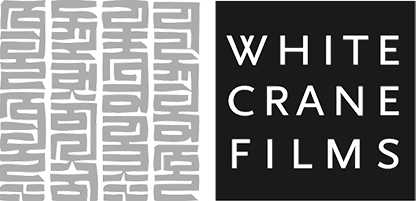(Outlook Delhi City Limits Magazine, August 2007)
Years ago, when I was a student at Delhi University, the Tibetan settlement at Majnu ka Tilla – then nicknamed Tib Dhabs – was a dismal collection of canvas-and-tin shacks, notable only for its plastic jugs of cheap chang (the traditional Tibetan barley beer) and buffalo meat momos. For us Tibetans at the university, this was both a home away from home and a grim reminder of our fate as refugees. The rancid reek of fermenting barley, the interminable clouds of flies, and the relentless roar of trucks trundling along the Grand Trunk Road, provided a melancholic backdrop to our nocturnal sojourns. Who could have imagined then that Majnu ka Tilla, or MT as Tibetans now call it, would so utterly transform itself? Gone are the lean-tos, now replaced by concrete buildings. Gone too, for better or worse, are the chang shops, their places taken by a myriad of bustling shops, restaurants and hotels. If Dharamsala is the Delhi of the Tibetan diaspora—its bureaucratic centre—then MT is its Bombay, its thriving commercial heart.
Basics:
Driving north on the Grand Trunk Road, past ISBT, MT starts on the right just after you cross Gurdwara Majnu ka Tilla. Unmistakeable for its brightly-coloured, fluttering prayer flags, MT can be accessed through any of its numerous gullies that open out on to the highway. Like a magical hole in the wall, the moment you enter the colony, you leave India behind. Everything is suddenly Tibetan; the shops, the music, the snatches of various Tibetan dialects, the people in the street who include, in the winter months, rosy-cheeked, new arrivals from Tibet, still in their sheepskin robes, still redolent of ‘yak’ butter and high altitudes. Going to MT is not dissimilar to the experience of going to Chinatown in New York or Southall in London, both bustling oases of immigrant cultures, thriving within the thrum and throb of giant metropolises.
History:
MT takes its name from the nearby Gurdwara Majnu ka Tilla, which was built on the spot where a 15th century Muslim hermit attained enlightenment after being blessed by Guru Nanak. The first Tibetan refugees moved here in the early sixties when their numbers became too large for the Ladakh Bodh Vihara near ISBT to accommodate. It is said that Pandit Nehru himself allocated the land to the refugees. Today, MT is home to approximately 400-500 families although the floating population is much higher. In 2006, the Delhi High Court issued MT with a demolition notice as part of the Yamuna beautification project. Frantic efforts are underway to save this unique corner of Delhi and hearings continue even as I write this. If the measure of a great city is its pluralism, then Delhi would certainly be the poorer for not having MT.
Landmarks:
At the heart of MT’s labyrinthine passageways is a small square around which are two Buddhist temples, the focus of the colony’s spiritual activity and, as such, its two most significant buildings. North of the square is ‘Main Street’, the narrow, winding lane lined with shops, stalls, restaurants and al fresco carrom games.
Eminent MT-ians:
Perhaps, MT’s most famous resident is the former guerrilla leader, Ratu Ngawang, who fought the Chinese army in the 1950s and was part of the group that escorted the Dalai Lama into exile in 1959. He later served as the commander of the Special Frontier Force in Chakrata, a unit within the Indian Army comprising of Tibetans, which saw action in the Bangladesh War.
What You Really Want to Know:
MT offers some of the best hotel deals in Delhi, a fact not lost on the increasing numbers of foreign tourists who make it their port of choice while travelling to and from Dharamsala. MT is also THE place if you want to try authentic Tibetan delicacies like gyuma—sausages—and lowa khatsa—spicy, stuffed lungs, not to mention momos and thukpas. TD Restaurant, Wongdhen House and Dolma Restaurant are among the more popular, although everyone has their own favourites and there is no shortage of restaurants to trawl through.
